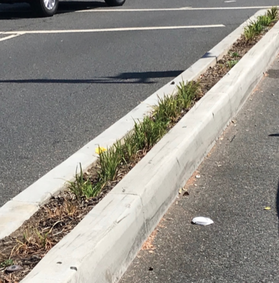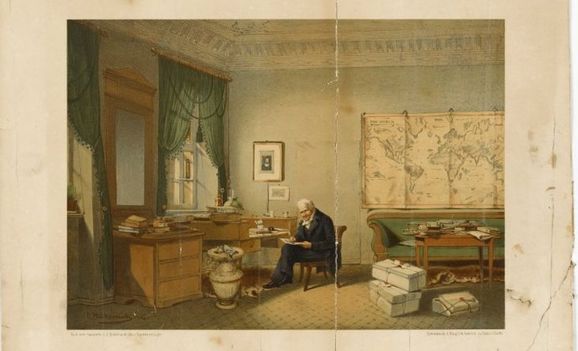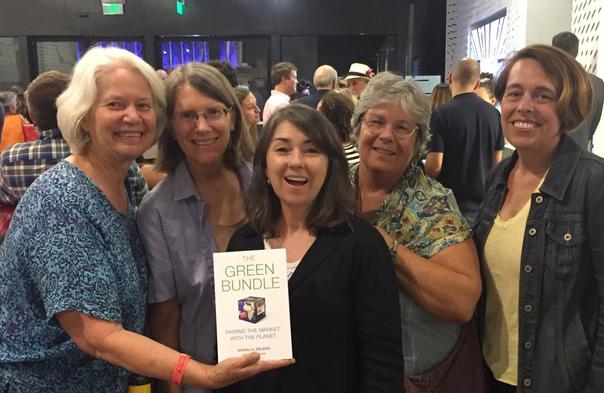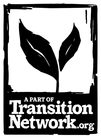 Swell swale or not so swale? (Photo by TP)
Swell swale or not so swale? (Photo by TP) Q: Dear Beautiful Swales, What would make this a bioswale? Seriously, I saw this pathetic 3-inch-wide median with a dead dwarf daffodil in it and thought, Whose bright idea was THIS?
Signed Swale Curious
A: Dear Swale Curious, Technically this 3-inch-wide median is a swale but a teeny, tiny swale. It’s a far cry from level earthworks swales that slow, spread and sink water. However, it does
- capture water that falls from the sky
- keep water from running downhill and away from it’s 3 inch self because of the edges
- allow rainwater to infiltrate into the 3 inches of ground below
I believe what is disturbing about this 3-inch-wide median is that the surrounding parking lot will have VAST amounts of water sheeting off during a storm and ALL of that water will be lost. None of that water will end up in this tiny 3 inch swale. Instead that water will end up in the gutter where it will flow to the ocean instead of to our thirsty underground aquifers. And that is a sad story.
Usually when you daydream about a beautiful swale there is some serious water capture going on. This photo shows the opposite.
Since these are still the early days of creating swales in Los Angeles, I think we need to develop some vocabulary about crazy swales like this “Not So Swale” 3-inch median.
In the meantime, how do we fix or improve this “Not So Swale”? Besides adding more swales, I would angle the parking lot so that water flows toward the swale instead of away from it. I would take out the concrete edges so that the water from the parking lot can enter the swale. I would enlarge and plant trees in the swale. With all of that extra water, the trees would quickly give shade to the cars parked in the parking lot, and everybody would be happy. And that would be a “Swell Swale” story.
Slow it, spread it, sink it!






